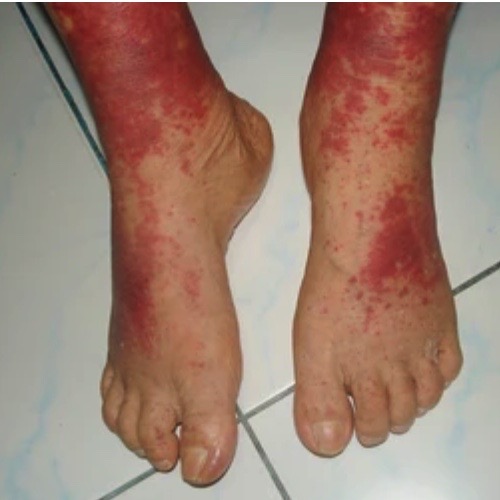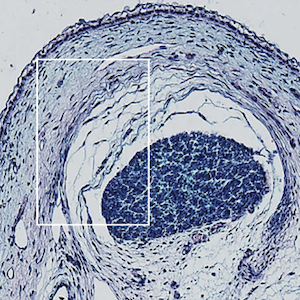The Italian Society of Rheumatology clinical practice guidelines for the management of large vessel vasculitis

All claims expressed in this article are solely those of the authors and do not necessarily represent those of their affiliated organizations, or those of the publisher, the editors and the reviewers. Any product that may be evaluated in this article or claim that may be made by its manufacturer is not guaranteed or endorsed by the publisher.
Authors
Objective: Since of the last publication of last recommendations on primary large-vessel vasculitis (LVV) endorsed by the Italian Society of Rheumatology (SIR) in 2012, new evidence emerged regarding the diagnosis and the treatment with conventional and biologic immunosuppressive drugs. The associated potential change of clinical care supported the need to update the original recommendations. Methods: Using the grading of recommendations assessment, development and evaluation (GRADE)-ADOLOPMENT framework, a systematic literature review was performed to update the evidence supporting the European Alliance of Associations for Rheumatology (EULAR) guidelines on LVV as reference. A multidisciplinary panel of 12 expert clinicians, a trained nurse, and a patients’ representative discussed the recommendation in cooperation with an Evidence Review Team. Sixty-one stakeholders were consulted to externally review and rate the recommendations. Results: Twelve recommendations were formulated. A suspected diagnosis of LVV should be confirmed by imaging or histology. In active GCA or TAK, the prompt commencement of high dose of oral glucocorticoids (40-60 mg prednisone-equivalent per day) is strongly recommended to induce clinical remission. In selected patients with GCA (e.g., refractory or relapsing disease or patients at risk of glucocorticoid related adverse effects) the use of an adjunctive therapy (tocilizumab or methotrexate) is recommended. In all patients diagnosed with TAK, adjunctive therapies, such as conventional synthetic or biological immunosuppressants, should be given in combination with glucocorticoids. Conclusions: The new set of SIR recommendations was formulated in order to provide a guidance on both diagnosis and treatment of patients suspected of or with a definite diagnosis of LVV.

This work is licensed under a Creative Commons Attribution-NonCommercial 4.0 International License.
PAGEPress has chosen to apply the Creative Commons Attribution NonCommercial 4.0 International License (CC BY-NC 4.0) to all manuscripts to be published.










